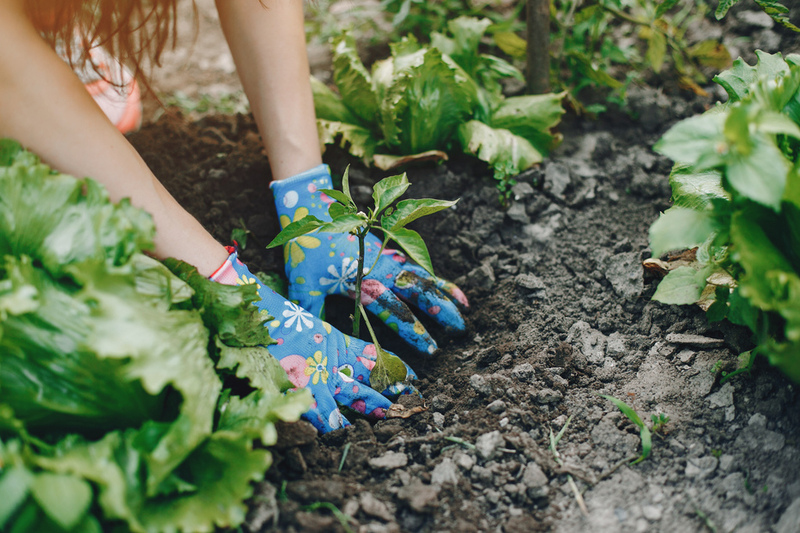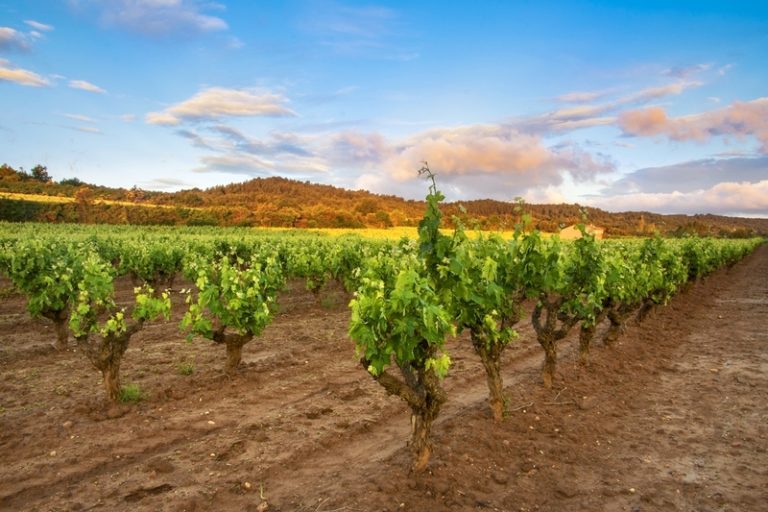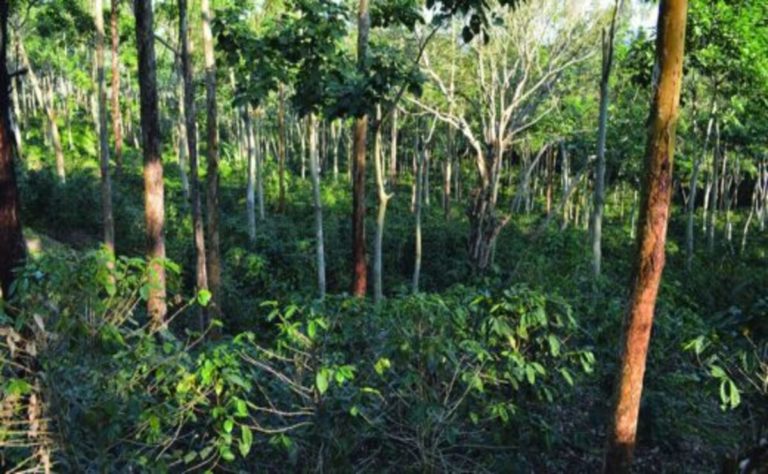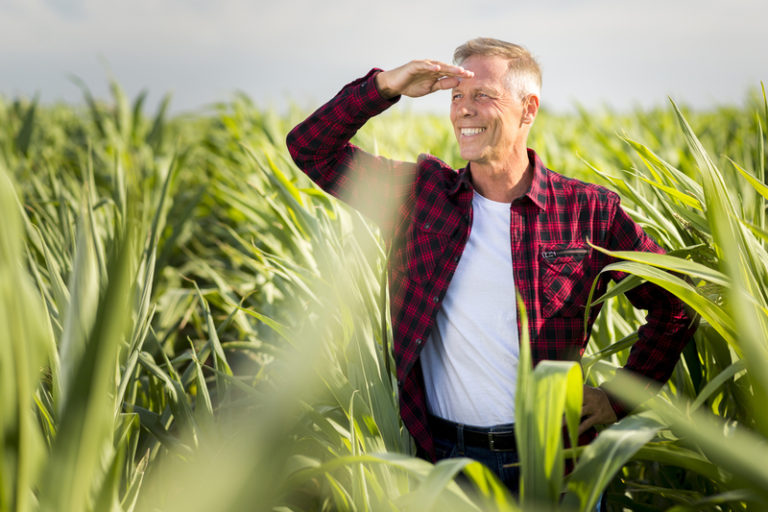Forest gardening: A sustainable approach to agroforestry
Forest gardening, also known as food forests or edible forest gardens, is an agroforestry practice that involves growing food and other crops in a way that mimics the structure and function of a natural forest ecosystem.
Forest gardening is a way to grow fruit and nut trees, shrubs, herbs, and vegetables in a system that takes care of itself, needs little maintenance, and is good for the environment.
In this article, we’ll talk about the ideas behind forest gardening, how to design a forest garden, the most important parts of a forest garden, the benefits of forest gardening, and the challenges and things to think about when using this sustainable gardening method.
Principles of Forest Gardening
Forest gardening is based on a number of rules, such as using a variety of plants, taking care of the soil, planting next to each other, and saving water.
Plant choice and variety:
A forest garden has many different kinds of plants, such as fruit and nut trees, shrubs, herbs, and vegetables. These plants should be chosen based on how well they can do more than one thing, like make food, move nutrients around, and keep pests away.
Soil health and management:
Soil health is critical in a forest garden. The use of natural fertilizers and soil amendments can improve soil fertility and structure, leading to healthier plants and a more productive garden.
Companion planting and guilds:
Companion planting is the practice of planting different crops together in a way that each benefits the other. In a forest garden, companion planting can be taken a step further by creating guilds, which are groups of plants that work together to support each other’s growth and health.
Water conservation and management:
A forest garden is designed to conserve water by using techniques such as mulching, intercropping, and creating swales to capture and store rainwater.
Designing a Forest Garden
Designing a forest garden involves several steps, including site selection and analysis, creating a forest garden design plan, building soil fertility, and planting and maintenance.
Site selection and analysis: The first step in designing a forest garden is to select a suitable site. Factors such as sunlight, soil type, and water availability should be considered. A site analysis can be conducted to assess the site’s characteristics and identify any potential challenges.
Creating a forest garden design plan: Once a site has been selected, a forest garden design plan can be created. This plan should include a list of plant species, a layout of the garden, and details on how the garden will be maintained.
Building soil fertility: Soil fertility is crucial in a forest garden. Adding compost, mulch, and other natural fertilizers can improve soil health and increase crop yields.
Planting and maintenance: After the design plan has been created and soil fertility has been improved, it’s time to start planting. Maintenance tasks such as pruning, watering, and pest management should also be performed regularly.
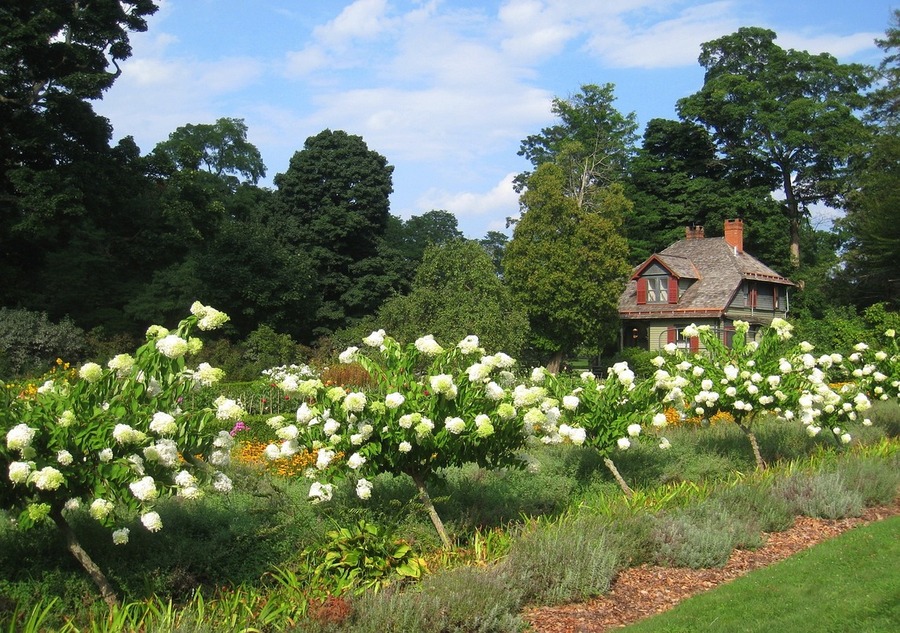
Key Elements of a Forest Garden
A forest garden typically includes four main layers: canopy, understory, shrubs, and herbaceous.
Canopy layer: The canopy layer includes tall trees such as fruit and nut trees. These trees provide shade and support for the other layers.
Understory layer: The understory layer includes smaller trees and shrubs that thrive in partial shade. Plants such as currants, gooseberries, and hazelnuts are common in this layer.
Shrub layer: The shrub layer includes low-growing plants such as berries and other fruit bushes.
Herbaceous layer: The herbaceous layer includes groundcovers, herbs, and other low-growing plants.
Forest Gardening and Sustainability
Forest gardening is a sustainable way to garden that is good for both the environment and your wallet. By copying the structure and functions of a natural forest ecosystem, a forest garden can improve the health of the soil, save water, and reduce the need for synthetic fertilizers and pesticides. Forest gardening is also good for biodiversity because it gives homes to many different kinds of plants and animals.
In addition to the environmental benefits, forest gardening can also be economically sustainable. A well-designed forest garden can produce a variety of crops year-round, providing a source of food and income for the gardener. Forest gardening can also reduce the cost of inputs such as fertilizer and water.
Challenges and Considerations for Forest Gardening
While forest gardening has many benefits, there are also some challenges and considerations to keep in mind. These include:
Time and labor: To start a forest garden, you have to put in some time and work to plan and set it up. However, once established, a forest garden requires minimal maintenance.
Site selection: Not all sites are suitable for forest gardening. Factors such as sunlight, soil type, and water availability should be carefully considered before beginning a forest garden project.
Education and experience: Forest gardening requires a certain level of knowledge and experience in agroforestry, horticulture, and ecology. Gardening classes and workshops can be helpful in gaining the necessary knowledge and skills.
Plant selection: Choosing the right plants for a forest garden can be challenging. It’s important to select plants that are well-suited to the site’s growing conditions and can provide multiple functions.
Conclusion
Forest gardening is an environmentally friendly way to garden that combines agroforestry and permaculture ideas. By copying the form and function of a natural forest ecosystem, a forest garden can improve the health of the soil, save water, and give the gardener food and money.
Forest gardening takes time and work at first, but it can be a rewarding way to grow food and other crops that is also good for the environment.
Also Read:
Regenerative Agroforestry: A Holistic Approach to Sustainable Farming

